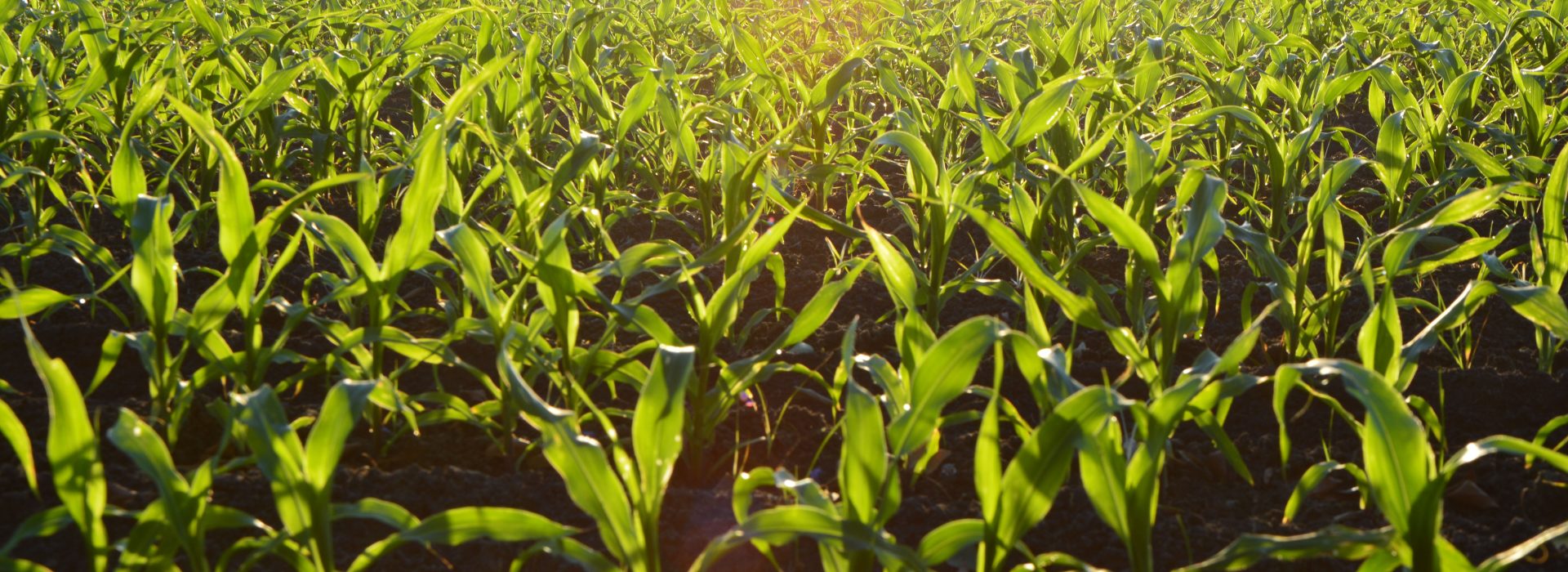Cover crops are an essential tool in sustainable agriculture, offering a multitude of benefits for soil health. In a comprehensive video presentation, Rob Myers, a leading expert in sustainable agriculture, outlines the top 10 ways cover crops contribute to soil health.
1. Nourishing the Soil Food Web
Cover crops provide a vital food source for the myriad of organisms that make up the soil food web. This includes bacteria, fungi, protozoa, nematodes, earthworms, insects, and arthropods. The living biomass and roots of cover crops feed these organisms, promoting a healthy and balanced soil ecosystem.
2. Boosting Organic Matter
Cover crops contribute significantly to the increase of soil organic matter. Organic matter improves soil structure, enhances nutrient availability, and boosts water retention. It also provides nourishment for soil organisms and contributes to the soil’s carbon sequestration capacity.
3. Managing Nutrients
Cover crops play a pivotal role in nutrient management. They scavenge nutrients left in the soil after the main crop’s harvest, preventing nutrient leaching. These nutrients are then slowly released over time, providing a steady nutrient supply for the next crop.
4. Providing Soil Cover
Cover crops offer a protective layer on the soil surface. This reduces soil temperature, conserves soil moisture, and mitigates the impact of raindrops, which can lead to soil erosion.
5. Enhancing Biodiversity
Cover crops increase above-ground biodiversity, which in turn boosts below-ground biodiversity. This diversity contributes to a more resilient and healthy soil ecosystem, promoting a variety of beneficial interactions.
6. Reducing Soil Compaction
The roots of cover crops can penetrate compacted soil layers, improving soil structure and reducing compaction. This leads to enhanced root penetration and water infiltration, fostering better growth conditions for crops.
7. Integrating Livestock
Cover crops provide high-quality forage for livestock. The integration of livestock into cropping systems can accelerate soil health improvements. The addition of manure adds organic matter and nutrients to the soil, further enhancing its fertility.
8. Controlling Erosion
Cover crops are effective in reducing both water and wind erosion. They protect the soil surface, improve soil structure, and increase water infiltration, preventing the loss of valuable topsoil.
9. Improving Soil Structure
The roots of cover crops, along with the activities of soil organisms, improve soil structure by creating soil aggregates. This leads to better water infiltration and aeration, and less soil compaction.
10. Building Soil Health for Future Generations
The ultimate goal of using cover crops is to build soil health for the benefit of future generations. Healthy soils are more productive and resilient, providing a solid foundation for sustainable agriculture.
In conclusion, cover crops are a versatile tool in the farmer’s toolbox, offering a wide range of benefits for soil health. By nourishing the soil food web, boosting organic matter, managing nutrients, providing soil cover, enhancing biodiversity, reducing soil compaction, integrating livestock, controlling erosion, improving soil structure, and building soil health for future generations, cover crops play a pivotal role in sustainable agriculture.
Source: YouTube Video












